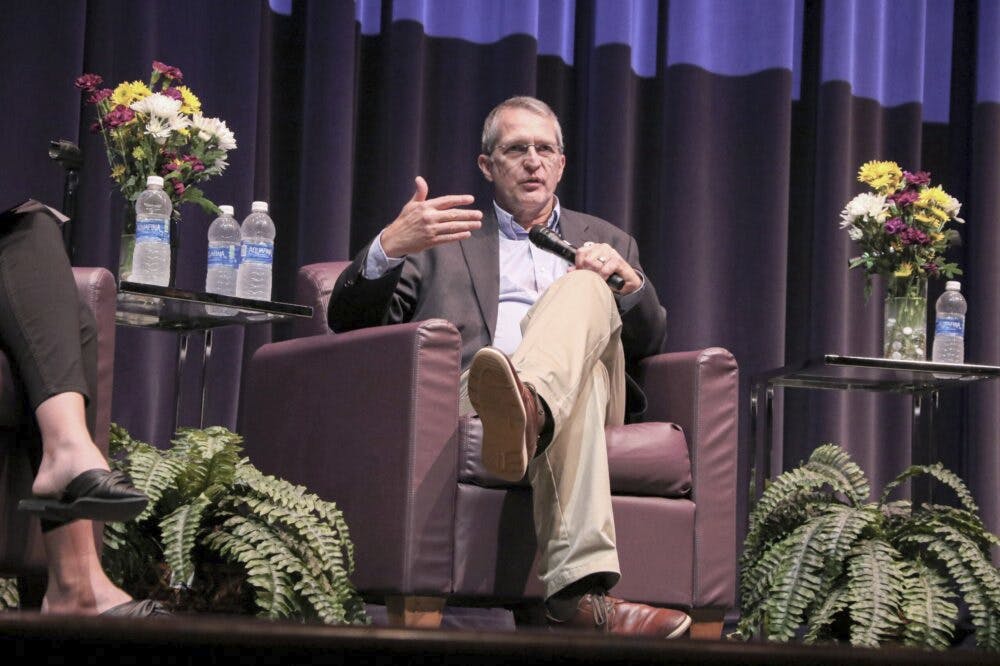Indian Health Service to Debut EHR in 2025 Amid New Modernization Plan
The agency’s new enterprise health system is part of a broader initiative to streamline services for millions of American Indians and Alaska Natives.

The Indian Health Service (IHS) plans to launch its new electronic health care record in 2025 to replace the existing Resource and Patient Management System (RPMS), the oldest legacy system in the Department of Health and Human Services (HHS).
“RPMS [is] an infrastructure that is over 40 years old and has become outdated and unsustainable as we move forward,” IHS CIO Mitchell Thornbrugh said at the agency’s Dec. 13 summit discussing the agency’s IT modernization initiatives.
“Overall modernization seeks to create an enterprise health IT system built together with tribal and urban partners that enables clinicians to consistently and easily provide high quality care across Indian country with integrated data on a modern plan,” Thornbrugh said.
The comments come a month after the agency selected GDIT to build the EHR using Oracle-Cerner technology. It plans to issue additional task orders under an indefinite delivery, indefinite quantity (IDIQ) contract structure to support the recurring needs anticipated in the enterprise EHR.
The new EHR also aligns with efforts at the Department of Veterans Affairs, which is rolling out its own Oracle-Cerner EHR as well. IHS’ legacy system had been interoperable with VA’s legacy system, VistA.
The project is part of the agency’s 10-year modernization plan that supports executive priorities, including the White House’s customer experience executive order. The plan will introduce efficiencies and interoperability across missions.
“[It will] increase data integration, usability across IHS, tribal and urban providers, as well as our commercial partners, support patient-centered care across state lines and provide easy access to comprehensive patient centered health care for American Indian Alaskan Native people, and have all of our operational processes clinical, to be clinically efficient and effective, and honoring our cultural traditions,” Thornbrugh said.
IHS plays a crucial role providing health services to approximately 2.8 million American Indians and Alaska Natives. This population belongs to 574 federally recognized tribes spanning 37 states and often resides in very geographically dispersed or remote areas where modern tools are critical to access care and services.
Thornburgh said the agency will train on the new system via pilot sites before deployment in 2025.
The agency recognizes that the shift to an enterprise EHR may come with challenges, such as ensuring a smooth data migration and the prevention of data issues like data loss.
“We are ready and eager to move forward with the enterprise EHR with our partners. It is time to replace our current system and ensure that IHS is keeping pace with technological advances across the health care delivery system,” Thornbrugh said in a press release. “This modernization — and the technology that drives it — will impact every part of our health care delivery.”
This is a carousel with manually rotating slides. Use Next and Previous buttons to navigate or jump to a slide with the slide dots
-

DOE National Labs Launch New AI Tools for Operational Efficiency
The Energy Department's National Laboratories are using AI to increase operational efficiency and drive research efforts forward.
3m read -

VA Plans Future EHR Deployment on Facility Relationships
VA’s EHR program is expected to restart in 2026 and will plan deployment based on pre-existing relationships between facilities to drive interoperability.
21m watch -

Trump Taps Maj. Gen. John Bartrum to Lead VHA
Nominated for VA's top health role, Bartrum brings over four decades of military and public service to the agency.
3m read -

Human-AI Collaboration is Key to Secure Government Systems
Former CIA security chief emphasizes training and international standards for effective AI implementation.
23m watch








